
views
Following Traffic Rules in Vehicles
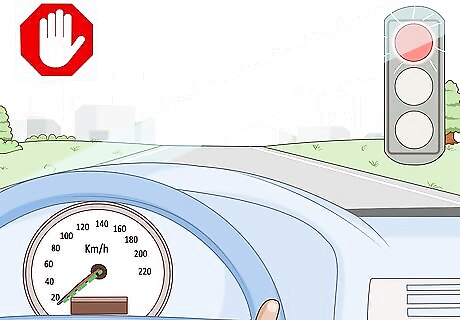
Stop completely on red lights. Brake slowly and steadily. Stop far enough back that you can see the rear tires of the car in front of you. Stop fully even if it is legal to turn right on red. Do not try to run red lights; it is illegal and puts you at risk for accidents and traffic citations. Red light cameras exist at many intersections. They are used to give out traffic tickets without the presence of police.
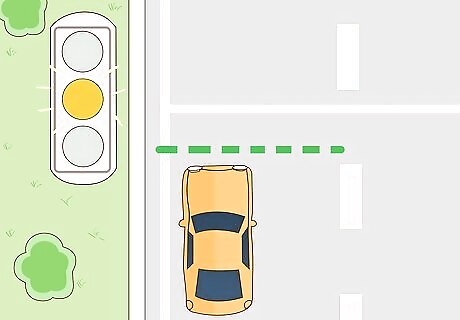
Stop on yellow lights if possible. Determine if you can stop safely behind the white line. If you will risk a rear-end collision or would stop in the middle of the intersection, keep going. If you have enough space and time to stop safely, do so. Some intersections will have a "Prepare to Stop" sign. They will flash if the light is about to turn red.
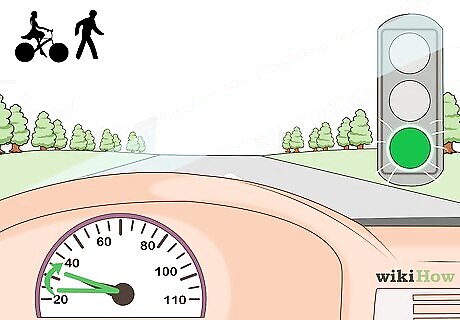
Proceed carefully through green lights. Look for pedestrians and bicyclists before crossing. If turning without a green turn arrow, only turn when traffic has cleared. If there is a turn arrow, wait for it to turn green before proceeding. Do not enter the intersection until you can be certain you can clear it. If you do so, and the light turns red, you can be cited for blocking the intersection.

Stop behind the white stop line. It is illegal to stop past the white line or in the pedestrian crossing. If you are not the first car at the intersection, leave space between your car and the car in front of you.

Turn right on red only if it is legal and safe. In some states, it is legal to turn right on red. Look both ways for pedestrians and bicyclists before turning to ensure their safety. Look for signs posted that may say “No turn on red” or “After stop, right turn permitted on red” before proceeding. Do not attempt to turn left on a red light unless you are turning onto a one-way street. Be sure to keep yourself and pedestrians safe by looking both ways before beginning to turn left onto a one-way street. In some places, it is illegal to turn left on a red light.
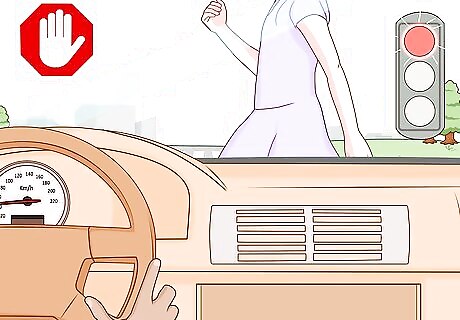
Yield to pedestrians and bicycles, even if there is no marked crosswalk. They always have the right of way. It is safer to remain stopped until the crosswalk is clear, but is not mandated everywhere. In some places, you can be fined for not yielding to pedestrians or bikes in a marked crosswalk.
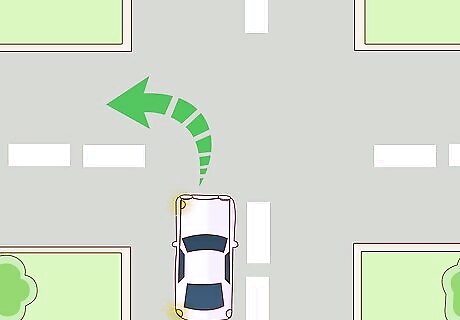
Use your blinkers when necessary. Even if you are in a designated turn lane, you must use your blinker to signal the direction you are turning.
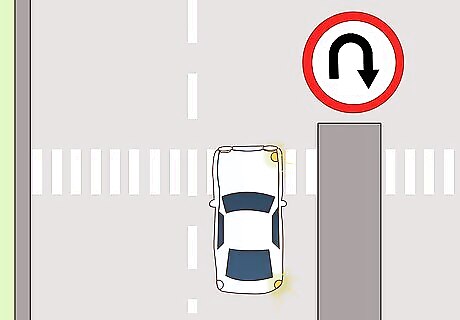
Make a U-turn only when safe. Laws vary by state. Do not make a U-turn if you see “U-turn prohibited” or “No U-Turn” signs. Check for oncoming traffic and pedestrians before making a U-turn.
Come to a full stop if the light is blinking red or is extinguished. If the traffic light is blinking red or is not displaying any signal, you must come to a full stop. Look left and right to determine if there is any traffic crossing your way then proceed when it is safe. Blinking reds should be treated like a stop sign.
Yield to traffic if the light is blinking yellow. If the traffic light is blinking yellow, determine if there is any oncoming traffic in either direction. If there is, stop before the stop line. If not, then proceed carefully through the intersection. Blinking yellows should be treated like a yield sign.
Crossing Safely As a Pedestrian
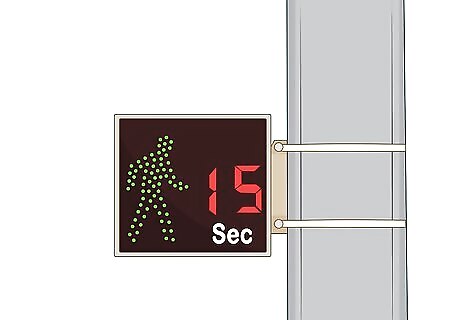
Watch the pedestrian signals, not the traffic signals, when possible. When it’s safe to walk, do so as quickly as possible so you are in the road for less time. When the pedestrian signal is activated, it provides enough time for you to cross the street safely, so pay attention to when it begins.

Cross in the crosswalk when you have a “Walk” sign or see an image of a person walking. Always cross at a corner. Most intersections have a push button to activate the walk sign. If the “Don’t Walk” or similar hand signal sign is flashing, do not begin to cross. Wait for the next time the “Walk” sign appears. Don’t jaywalk. Not only is crossing in the middle of the street illegal, it’s dangerous to yourself and the drivers who won’t expect to see you there.
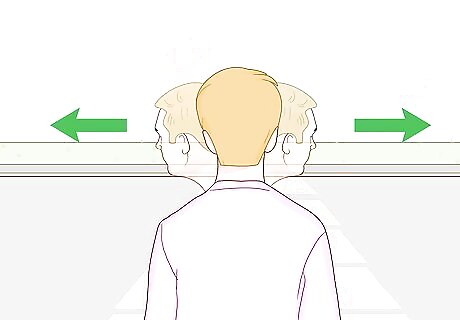
Look left, right and left again before crossing. Look for turning vehicles. Some drivers don’t yield the right-of-way to pedestrians, so pay close attention before stepping into the roadway. Continue watching as you cross the street. Don’t be distracted with your cell phone while crossing the street. Stop texting, talking on the phone or listening to music. Use all of your senses to stay safe.




















Comments
0 comment